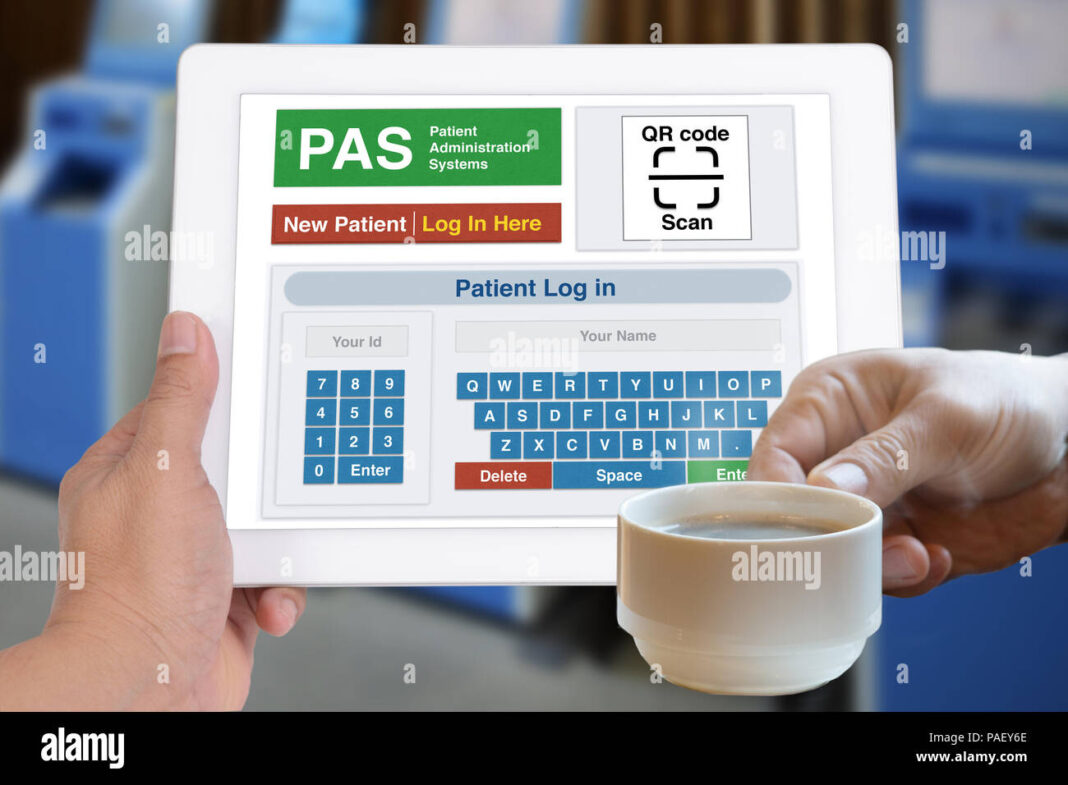In today’s rapidly evolving healthcare landscape, the efficient management of patient information and administrative tasks is paramount. Patient Administration Systems (PAS) have emerged as indispensable tools for healthcare facilities seeking to streamline their operations and enhance patient care. From appointment scheduling to billing and beyond, PAS offers a comprehensive solution to the complex challenges faced by healthcare administrators.
Introduction to Patient Administration Systms (PAS)
In the bustling environment of healthcare facilities, from small clinics to large hospitals, the effective management of patient data and administrative tasks can make all the difference in delivering quality care. Patient Administration Sytems, commonly referred to as PAS, encompass a range of software solutions designed to facilitate the seamless handling of patient-related information and administrative processes.
Key Features of Patient Administration Systems
Registration and Scheduling
One of the primary functions of PAS is to streamline the patient registration and appointment scheduling process. By digitizing these tasks, healthcare providers can minimize wait times, reduce errors, and optimize resource allocation.
Patient Records Management
Central to PAS is the management of patient records, including medical history, treatment plans, and billing information. By consolidating this data into a centralized electronic system, healthcare providers can access vital information quickly and securely.
Billing and Insurance Integration
PAS often includes features for managing billing and insurance claims, simplifying the financial aspects of healthcare administration. Integration with insurance databases ensures accurate billing and reimbursement, reducing administrative overhead and revenue cycle inefficiencies.
Reporting and Analytics
Modern PAS solutions offer robust reporting and analytics capabilities, enabling healthcare administrators to gain insights into operational performance, patient demographics, and resource utilization. These insights inform strategic decision-making and process optimization efforts.
Benefits of Implementing a Patient Administration System
Improved Efficiency and Productivity
By automating routine administrative tasks and streamlining workflows, PAS can significantly enhance operational efficiency and staff productivity. Healthcare providers can focus more time and attention on patient care, leading to better outcomes and higher patient satisfaction.
Enhanced Patient Care and Experience
PAS facilitates seamless communication and coordination among healthcare providers, resulting in more coordinated and personalized patient care. From appointment reminders to follow-up notifications, PAS helps ensure that patients receive timely and appropriate care throughout their healthcare journey.
Streamlined Administrative Processes
Gone are the days of paper-based record-keeping and manual data entry. PAS digitizes and centralizes administrative processes, reducing the risk of errors, improving data accuracy, and minimizing paperwork. This not only saves time and resources but also enhances compliance with regulatory requirements.
Challenges in Adopting PAS
Despite the numerous benefits of patient administration system, healthcare providers may encounter challenges during the implementation and adoption process.
Integration with Existing Systems
Integrating PAS with existing healthcare IT infrastructure can be complex and time-consuming, particularly in facilities with legacy systems. Compatibility issues and data migration challenges may arise, requiring careful planning and coordination.
Staff Training and Adoption
The successful implementation of PAS depends on the effective training and adoption by staff members. Resistance to change and lack of familiarity with new technology can hinder adoption efforts, necessitating comprehensive training programs and ongoing support.
Data Security and Privacy Concerns
With the digitization of patient records comes increased concerns about data security and privacy. Healthcare providers must ensure robust security measures are in place to protect sensitive patient information from unauthorized access or breaches.
Best Practices for Implementing a Patient Administration System
Comprehensive Planning and Assessment
Before implementing PAS, healthcare providers should conduct a thorough assessment of their needs and objectives. This includes evaluating existing workflows, identifying pain points, and defining clear implementation goals.
Engaging Stakeholders and Staff
Effective communication and collaboration are essential for successful PAS implementation. Involving key stakeholders and frontline staff in the decision-making process fosters buy-in and ensures that the system meets the needs of all users.
Robust Training and Support Mechanisms
Comprehensive training and ongoing support are critical for the successful adoption of PAS. Healthcare providers should invest in training programs tailored to the needs of different user groups and provide accessible support resources to address any issues that arise.
Case Studies: Successful Implementation Stories
Example 1: Healthcare Facility A
By implementing a comprehensive PAS solution, Healthcare Facility A was able to reduce patient wait times by 30% and improve staff productivity by 25%. The centralized system streamlined administrative processes and enhanced the overall patient experience.
Example 2: Clinic B
Clinic B saw a significant improvement in billing accuracy and revenue cycle management following the implementation of PAS. Integration with insurance databases reduced claim denials, resulting in faster reimbursement and increased revenue.
Example 3: Hospital C
Hospital C leveraged PAS to enhance care coordination and communication among healthcare providers. By digitizing patient records and implementing automated appointment reminders, Hospital C improved patient outcomes and satisfaction scores.
Future Trends in Patient Administration Systems
Telehealth Integration
As telehealth continues to gain prominence in healthcare delivery, PAS will increasingly incorporate features for virtual appointments, remote monitoring, and telemedicine consultations.
AI and Automation Advancements
Advancements in artificial intelligence and automation technologies will enable PAS to automate routine tasks, such as appointment scheduling and prescription refills, freeing up staff time for more complex patient interactions.
Interoperability with Other Healthcare Systems
Interoperability remains a key focus area for PAS development, with efforts underway to ensure seamless data exchange between different healthcare systems, such as electronic health records (EHR) and pharmacy management systems.
Conclusion
In conclusion, Patient Administration Systems play a pivotal role in streamlining healthcare operations, improving patient care, and enhancing administrative efficiency. By embracing modern PAS solutions and best practices for implementation, healthcare providers can optimize their workflows, reduce costs, and ultimately deliver better outcomes for patients.


